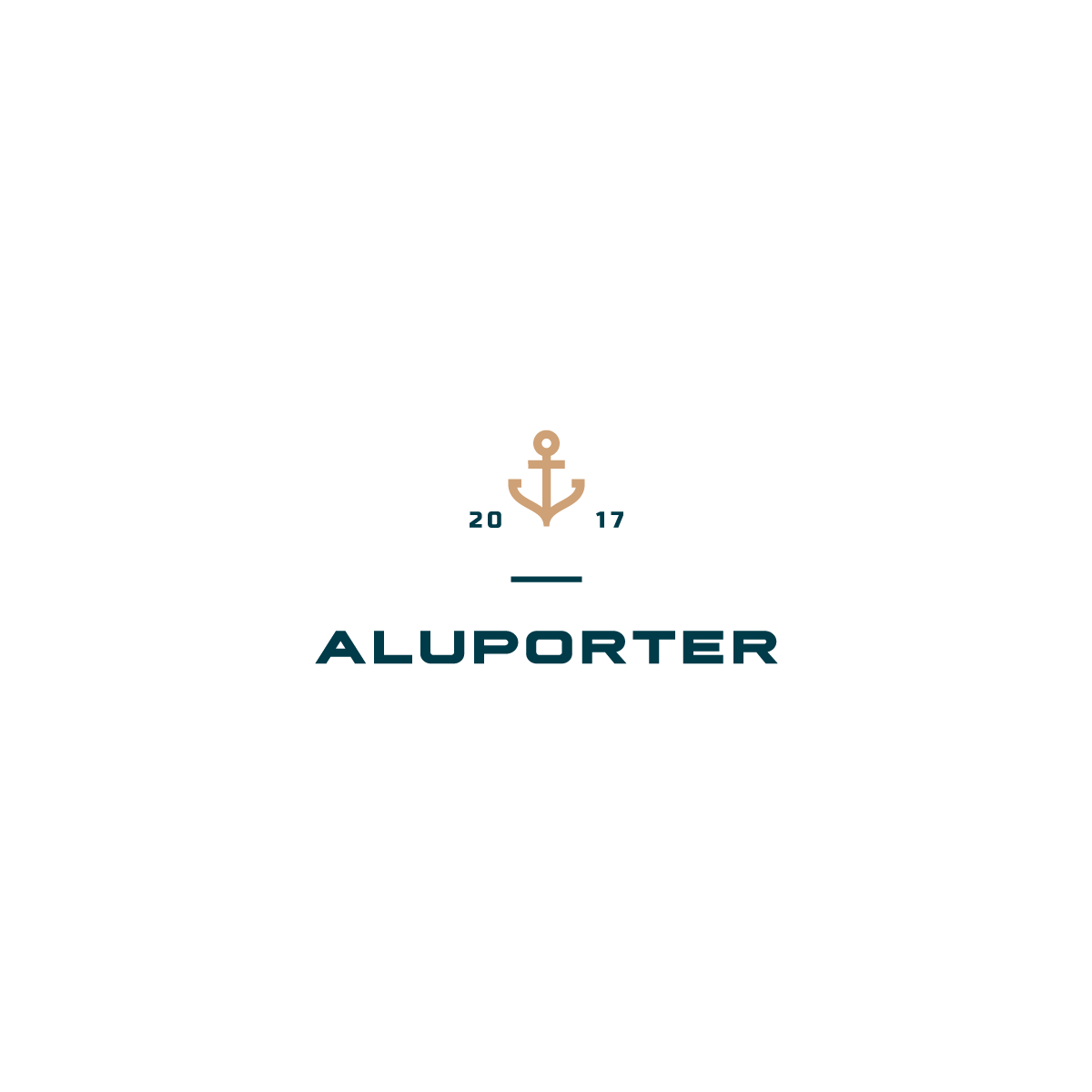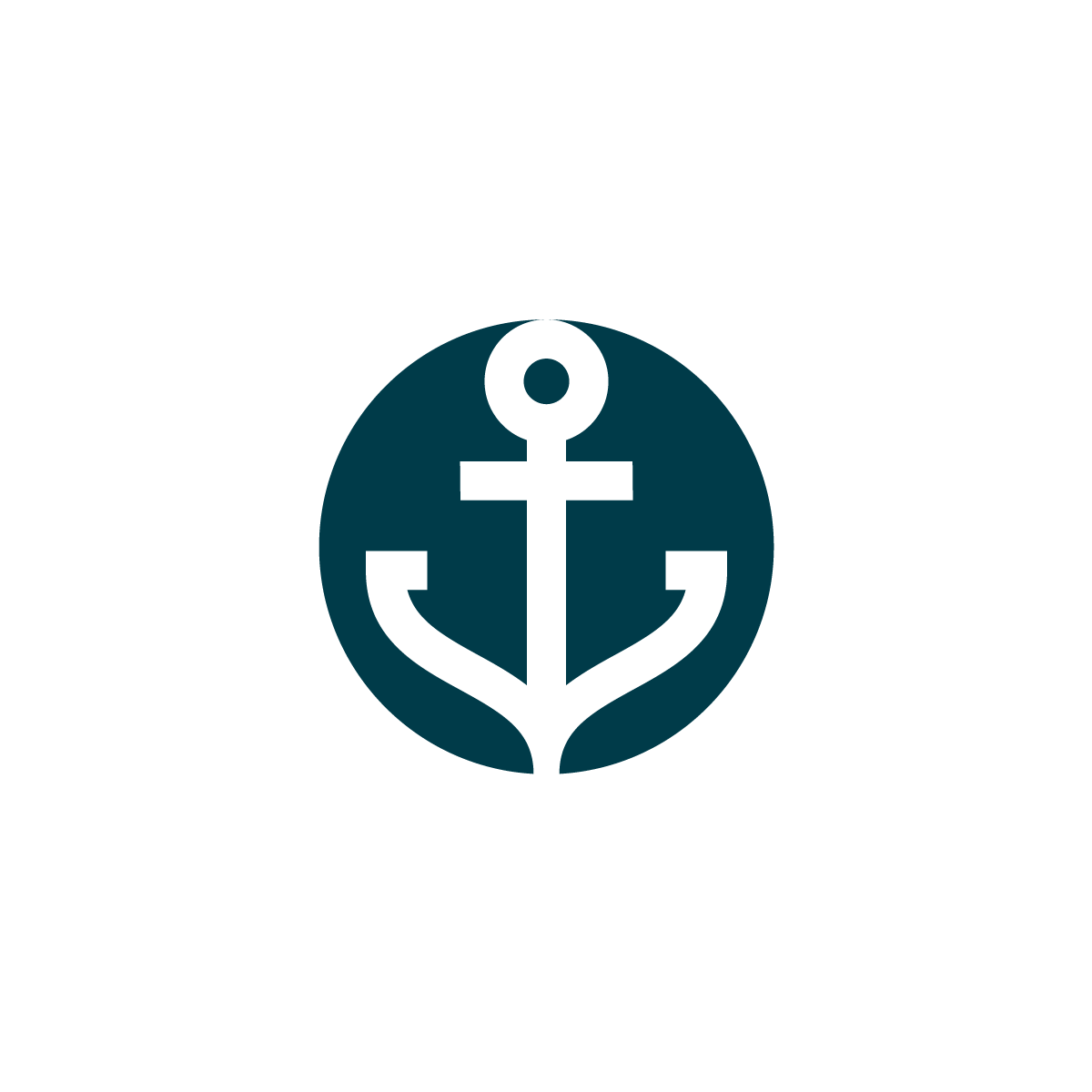Q&A
What makes aluminium so good for boat construction?
Aluminium has long been recognized as the premier boat building material. It is rust-free, almost undegradable and with a regular pure water cleaning, alloy boats are lifetime boats compared with boats made out of wood or fiberglass which require permanent care.
If aluminium is so great, why are so many boats made out of fiberglass?
Fibreglass is inexpensive comparative to aluminium and construction of fibreglass boats does not necessarily require a highly skilled craftsman to build as they are built from moulds.
Fibreglass material is simply saturated with epoxies either sprayed or laid within the mould and left to dry. Higher quality fibreglass boats simply use more fibreglass to strengthen it.
But moulds for fiber glass boats are fixed, which means building a new mould is expensive and requires larger manufacturing volume to amortise the cost of the mould.
What makes aluminium the ideal boat building material?
As a boat material, aluminium excels in every important category.
Weight:
An all-welded aluminium boat weighs about 1/2 to 2/3 of the weight of a well “laid-up” fibreglass boat.
Performance:
Less weight means greater performance, better fuel efficiency and easier trailering.
Durability:
You can do things with a quality aluminium boat that you would never dream of doing with a fibreglass boat: dock it against your favourite ledge, repeatedly beach it hard on shore, plunk your anchor into the cockpit. Unlike brittle fibreglass, aluminium can take repeated abuse given the forgiving and yielding nature of this metal. Bang it, bounce or bump it onto rocks, quay’s, beaches and even other boats and your aluminium boat will withstand it.
Safety:
The two most dangerous hazards in boating are sinking and fire. Aluminiun comparative to the use of fiberglass or wood, is less at risk from sinking and fire hazards.
Comfort:
A naval architect once said the hardest thing to design into a boat is usable deck space,
Our hulls are only 3/16“ thick allowing us to easily exceed fibreglass boats when it comes to usable space inside the boat. Fibreglass boats commonly lose up to 6“ or more of deck space over the entire length of the boat due to their thick sides.
Repairability:
In the unlikely event you have found a way to pierce or tear the hull of an aluminium boat, it is easily repaired by welding.
Value for money & resale:
Unlike fiberglass boats which depreciate quickly over years, aluminium corrosion-free boats hold their resale value.
Environment friendly :
Aluminum boats don’t harm the environment they are recyclable.
Being made of metal, do aluminium boats need more horsepower?
With aluminium being a lot lighter than traditional materials, you need less than half the horsepower needed to equal the performance of a traditionally built boat of equal size, this has two benefits, firstly you consume less fuel, and secondly, your engine over time will save up on maintenance cost due to less usage from reduced weight.
What thickness of aluminum are Aluporter boats made from?
Hull is built with 4 or 5 mm thickness of grade-A 5000 series marine aluminium, keel thickness 8 mm, side thickness 3 mm, floor thickness 5 mm, benches and center console thickness 3 mm.
What about the problem of electrolysis?
To have an electrolysis problem certain conditions must be present. You must have two different metals in contact with the water. All of our boats are made out of a single metal, so they don’t have this problem.
The only metals in contact with the water are the aluminium’s of the engine and the boat. Since the aluminium of the engine is “softer”, this is the metal that would be consumed by electrolysis. The sacrificial anodes supplied with your engine will protect it, but should be watched and replaced as needed.
Additionally, we place a large sacrificial zinc anode on the boat’s transom as a secondary protection: it is not costly and can be easily replaced every year when corroded.
What do sacrificial anodes do?
All metals immersed in an electrolyte (sea water for example) produce an electrical voltage. When two dissimilar metals are in contact (electrically connected) they produce a galvanic cell (like a battery), with the less noble metal (a bronze propeller for example) forming the anode and the more noble metal (stainless steel shaft) forming the cathode.
Aluminum anode alloy provides more protection and lasts longer than zinc. It will continue to work in freshwater and is safe for use in salt water. Aluminum is the only anode that is safe for all applications.
If you want to protect both metals you need to connect a third metal that is more active than the first two. The most active metal (zinc for example) becomes the anode to the others and sacrifices itself by corroding (giving up metal) to protect the cathode – hence the term sacrificial anode.
What factors increase corrosion?
The voltage difference between the two metals will affect the rate of corrosion. For example a stainless steel prop, which is a relatively noble metal, will cause more corrosion of a set of zincs than a bronze prop. Corrosion will increase the saltier the water is. Increasing temperature will also increase the conductivity of water and the resulting corrosion. The corrosion rate doubles with every 10 degrees Celsius (18 degrees Fahrenheit) increase in temperature. Pollution can also increase corrosion. For example, many freshwater lakes have been contaminated by acid rain, which increases the conductivity of the water and therefore corrosion rates.
When should sacrificial anodes be replaced?
Anodes should be changed, at least, on an annual basis (including anodes in fresh water) or when they have corroded to half their original size. Performance Metals “Premium” anodes include the exclusive patented “wear indicator.” When the red spot appears it is time to change your anode!
What is marine fouling?
Fouling is a kind of unwanted build-up (usually animal/vegetable derived) occurring on the boat’s bottom. Fouling creates additional drag, which reduces boat performance. In fresh water, fouling results from dirt, vegetable matter, algae or slime, chemicals, minerals and other pollutants. In salt water, barnacles, moss and other marine growth often produce a dramatic build-up of material rather quickly. So it’s important to keep the hull as clean as possible in all water conditions to maximize boat performance. Severe cases of bottom fouling can prevent planing by adding too much drag.
How should I choose the correct trailer to pull my boat?
Braked:
The maximum weight you are legally able to tow braked is 3500kg GVW on a 50mm ball hitch and over-run brakes.
Unbraked:
The maximum weight you are legally able to tow unbraked is 750kg Gross Vehicle Weight (GVW).
All vehicles have different towing capacities, check your cars specification on what is the maximum weight it can tow.
Single or Double Axle:
The largest single axle trailer generally is 1800-1900kg GVW. There are inherent benefits with twin axle trailers, including better weight distribution and safer towing in the event of a blow-out.
Bunks
Bunks offer the best support for a boat as it spreads the load on the hull, but generally requires the boat to be floated on & off.
Rollers
Rollers contact the hull fully and make launching and recovery much easier.

